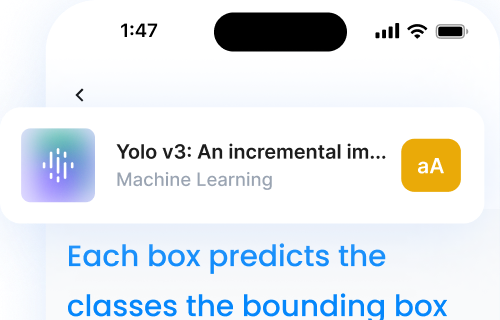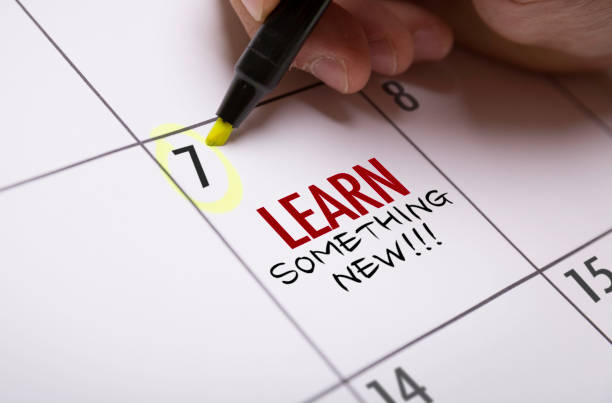In the diverse landscape of learning styles, kinesthetic learners stand out as unique individuals who thrive on physical engagement and hands-on experiences. Understanding the characteristics of kinesthetic learners and implementing effective teaching strategies can significantly enhance their educational journey by incorporating kinesthetic strategies.
This blog post delves into the world of kinesthetic learning, exploring its key features, and benefits, and providing practical approaches for educators and learners alike within the framework of the VARK model.

What is a Kinesthetic Learner?
Kinesthetic learners, also known as tactile learners, are individuals who learn best through physical activities, movement, and hands-on experiences. They process and retain information most effectively when they can engage their body in the learning process. This kinesthetic learning style is one of the main sensory learning styles identified in the VARK (Visual, Auditory, Reading/Writing, Kinesthetic) model proposed by Neil Fleming.
Characteristics of Kinesthetic Learners
Understanding the traits of kinesthetic learners is crucial for identifying and supporting this learning style. Some key characteristics of different learning styles include:
1. Physical engagement through kinesthetic strategies.: Kinesthetic learners have a strong urge to move and be physically active while learning. 2. Hands-on approach: They prefer learning through direct experience and manipulation of objects, showing that kinesthetic learners learn best this way. 3. Difficulty sitting still: Extended periods of sitting can be challenging for kinesthetic learners. 4. Strong motor skills are often developed through hands-on activities typical of kinesthetic learning.: They often excel in activities requiring physical coordination and dexterity. 5. Expressive communication can cater to different learning styles, including kinesthetic and visual learners.: Kinesthetic learners tend to use body language and gestures when communicating. 6. Enjoyment of sports and physical activities: They often gravitate towards athletics and hands-on hobbies. 7. Preference for practical application: Abstract concepts are better understood when linked to real-world examples. 8. Tactile memory: They remember things better when associated with physical sensations or movements, which is a core aspect of tactile learning. 9. Energetic nature: Kinesthetic learners often have high energy levels and enjoy being in motion. 10. Learn by doing: They grasp concepts more easily through trial and error and physical practice.
Benefits of Kinesthetic Learning
The kinesthetic learning style offers several benefits to learners:
1. Enhanced retention: Kinesthetic learners retain information better when it’s associated with physical activities. 2. Improved problem-solving skills can be achieved through kinesthetic learning activities, a type of hands-on activity.: Hands-on experiences help develop new ways of solving problems. 3. Increased engagement: Physical activities keep learners more engaged in the learning process. 4. Better understanding of abstract concepts through hands-on activities can enhance deep learning.: Real-life examples and tactile experiences make abstract ideas more concrete. 5. Improved focus: Movement can help kinesthetic learners concentrate better on tasks, as kinesthetic learners learn best through physical activity. 6. Development of motor skills is crucial in a kinesthetic style of learning.: Regular physical engagement enhances coordination and dexterity. 7. Multi-sensory learning: Kinesthetic activities often involve visual and auditory elements, creating a richer learning experience.
Teaching Strategies for Kinesthetic Learners

Educators and parents can employ various strategies to support kinesthetic learners and enhance their learning experience:
1. Incorporate Movement into Lessons
Integrate physical activities into your teaching methods to cater to kinesthetic learners. For example: engaging in hands-on activities for deep learning.
- Use role-playing exercises to teach historical events or literary concepts, which can be an effective kinesthetic strategy.
- Encourage students to act out mathematical problems or scientific processes.
- Implement “gallery walks” where students move around the classroom to view and discuss different topics or exhibits.
2. Utilize Hands-on Learning Materials
Provide tangible objects and materials that students can manipulate:
- Use building blocks or models in mathematics and science classes.
- Incorporate art projects and crafts into various subjects, recognizing these as effective hands-on activities.
- Allow the use of stress balls or fidget toys to help with focus during lectures.
3. Implement Active Learning Techniques
Engage students in activities that require physical participation:
- Organize group projects that involve building or creating.
- Use educational games and simulations that require movement.
- Encourage students to create mind maps or diagrams on large sheets of paper, adapting to different types of learning such as visual learning.
4. Provide Frequent Breaks
Allow kinesthetic learners to move and stretch regularly:
- Implement short “brain breaks” between lessons.
- Use standing desks or alternative seating options.
- Encourage brief exercises or stretches during long lectures.
5. Use Technology and Interactive Tools
Leverage technology to create interactive learning experiences:
- Utilize educational apps and software that require physical interaction.
- Implement virtual reality or augmented reality tools for immersive learning experiences, recognizing them as valuable hands-on activities.
- Use interactive whiteboards for hands-on participation.
6. Encourage Note-taking and Doodling
Support active engagement during lectures:
- Allow students to take notes in their preferred style, including mind maps or sketches, to cater to different types of learning.
- Encourage the use of colored pens or highlighters for visual organization.
- Provide handouts with space for note-taking and doodling.
7. Incorporate Real-world Applications
Connect abstract concepts to practical, hands-on experiences:
- Organize field trips and outdoor learning activities.
- Invite guest speakers for demonstrations and workshops.
- Assign projects that require building or creating physical objects.
8. Use Mnemonics and Body Movements
Help kinesthetic learners remember information through physical associations:
- Teach memory techniques that involve hand gestures or body movements.
- Create songs or rhymes with accompanying actions to reinforce concepts.
- Use “body spelling” for vocabulary or spelling practice.
9. Encourage Experimentation and Exploration
Foster a learning environment that promotes hands-on discovery to cater to kinesthetic learners.
- Set up learning stations with various activities and materials.
- Encourage students to conduct experiments and explore concepts physically.
- Allow for trial and error in problem-solving activities, which encourages deep learning through kinesthetic strategies.
10. Provide Opportunities for Physical Expression
Incorporate physical expression into assessments and presentations:
- Allow students to create and present models or demonstrations.
- Offer options for kinesthetic project presentations, such as creating a video or performance.
- Implement “show and tell” sessions for sharing learning experiences.
Embracing the Kinesthetic Learning Style
Kinesthetic learners offer a unique perspective in education by emphasizing tactile learning and direct experience. Recognizing their traits and using appropriate strategies creates an inclusive environment for diverse learning styles. Embracing movement and hands-on experiences is key.
For kinesthetic learners , understanding their style is empowering, allowing them to seek aligned experiences and improve their learning through movement and physical activity, which are key kinesthetic strategies.
The goal is a dynamic, inclusive educational environment that celebrates learning style diversity. This approach benefits all students, not just kinesthetic learners, by incorporating different learning styles.
Ultimately, connecting thinking and movement leads to deeper learning. A multi-sensory approach enhances information retention and understanding across subjects for all learners, including visual and auditory learners.








